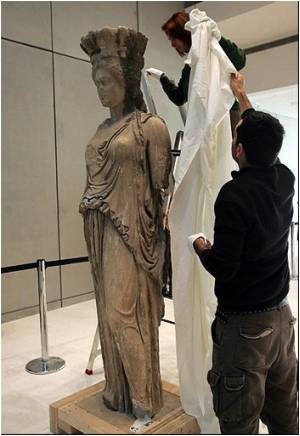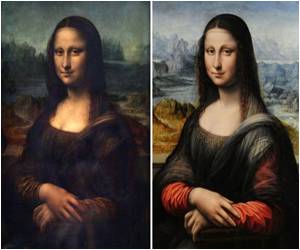According to an Australian-Norwegian research team, it is not only your own innate taste, but also what you have been taught that decides if you like a work of art.

Experts have argued for years about the feasibility of researching art appreciation, and what should be taken into consideration.
Neuroscientists believe that biological processes that take place in the brain decide whether one likes a work of art or not.
Historians and philosophers say that this is far too narrow a viewpoint. They believe that what you know about the artist's intentions, when the work was created, and other external factors, also affect how you experience a work of art.
A new model that combines both the historical and the psychological approach has been developed.
"We think that both traditions are just as important, although incomplete. We want to show that they complement each other," says Rolf Reber, Professor of Psychology at the University of Bergen.
"Neuroscientists often measure brain activity to find out how much a testee likes a work of art, without investigating whether he or she actually understands the work. This is insufficient, as artistic understanding also affects assessment," said Reber.
When you have to struggle to understand, you can have an eye-opening experience, which the brain appreciates, explained Reber.
He hopes that other scientists will use the Australian-Norwegian model.
"By measuring brain activity, interviewing test persons about thoughts and reactions, and charting their artistic knowledge, it's possible to gain new and exciting insight into what makes people appreciate good works of art. The model can be used for visual art, music, theatre and literature," said Reber.
The results have been published in 'Behavioral and Brain Sciences' and are commented on by 27 scientists from different disciplines.
Source-ANI
 MEDINDIA
MEDINDIA




 Email
Email




